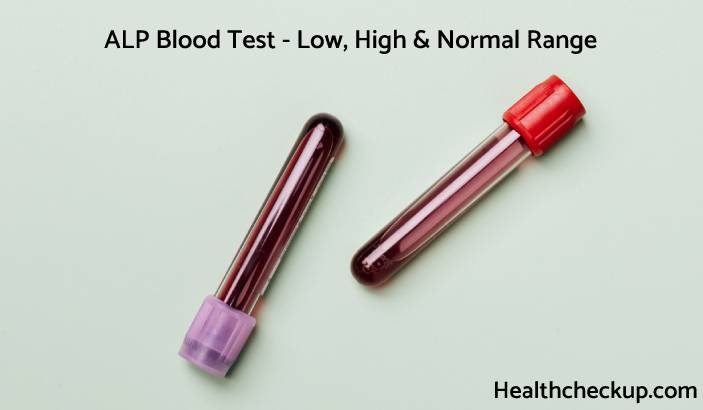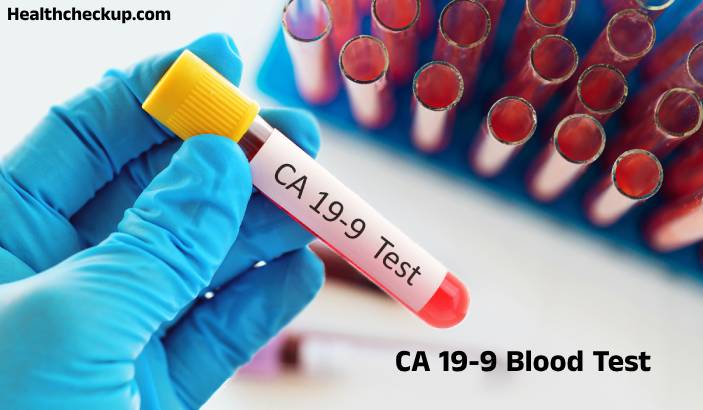The alkaline phosphatase (ALP) test is a blood test that measures the level of ALP in the blood. ALP is an enzyme produced by the liver, bone, and other tissues in the body.
Purpose:
The ALP blood test is used to:
- Evaluate the overall health of the liver and bone.
- Diagnose and manage conditions that affect the liver and bone, such as liver disease or bone disorders.
- Monitor the effectiveness of treatment for conditions that affect the liver and bone.
Preparation:
There is generally no special preparation required for the ALP test. However, the healthcare provider may ask the person being tested to avoid certain medications and activities that could affect the test results.
Procedure:
The ALP test is performed as follows:
- A healthcare provider will draw a blood sample from a vein in your arm.
- The blood sample will be sent to a laboratory for analysis.
Normal range:
The normal range for ALP levels in the blood varies depending on the specific laboratory, but generally falls within the range of 44 to 147 units per liter (U/L) in adults. The normal range may be different for children and may vary based on age, gender, and other factors.
ALP Blood Test Low:
Low levels of ALP in blood indicate a deficiency in zinc and magnesium. It can also be an indicator of hypophosphatasia (HPP), a rare genetic disease, which affects bones and teeth.
ALP Blood Test High:
If your ALP level is high, you may have to take the ALP isoenzyme test, to determine whether the alkaline phosphatase in your blood is coming from your bones or your liver.
Results:
The results of the ALP test will be available within a few days. The healthcare provider will interpret the results and determine if further testing or treatment is necessary.
Risks:
There are minimal risks associated with the ALP test. Some people may experience minor bleeding or bruising at the puncture site, or may feel dizzy or faint after the blood draw.
It’s important to follow the prescribed treatment and monitoring guidelines for conditions affecting the liver and bone and to inform your healthcare provider of any symptoms you may be experiencing. Early diagnosis and treatment can help improve outcomes and reduce the risk of complications.








